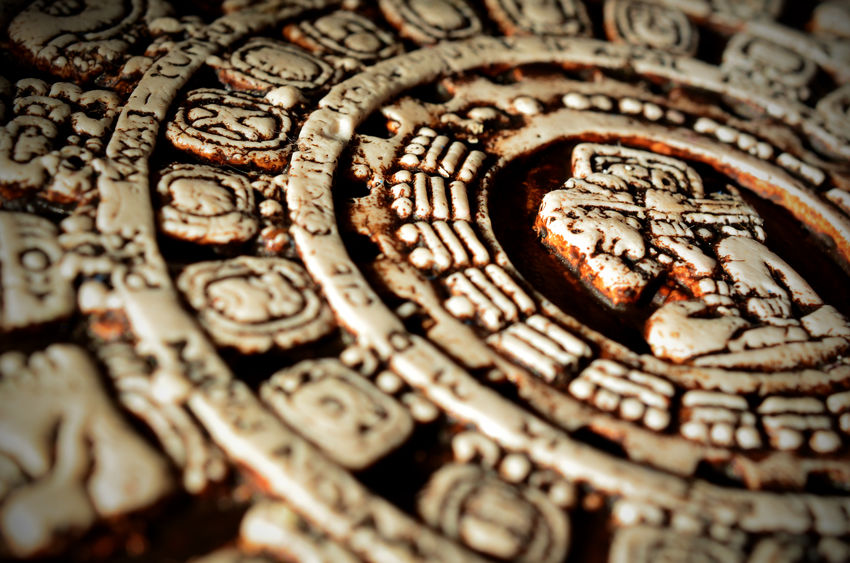
The Maya civilization lasted for more than 2,000 years, but from 300 A.D. to 900 A.D., known as the Classic Period, was their booming era. During that time, the Maya had a profound understanding of astronomy. They were also able to grow corn, beans, squash and cassava in sometimes-inhospitable places; they built elaborate cities, monumental temples, straight elevated roads, aqueducts, bridges and pyramids without modern machinery and measured time by developing two highly sophisticated and precise calendar systems.
These are some Amazing accomplishments of the Maya culture:
Astronomy
The Maya made meticulous observations of celestial bodies, recording astronomical data on the movements of the sun, moon, Venus and the stars. Their knowledge and understanding of celestial bodies was advanced for their time and were even able to predict solar eclipses. They created 2 perfect calendars, even though there were only 365 days in the Haab year, they calculated the length of the year to be 365.2420 days, which is more accurate than the value of 365.2425 used in the Gregorian calendar.
They incorporated their advanced understanding of astronomy into their temples and other religious structures. The pyramid at Chichen Itza in Yucatan, was built and positioned according to the sun’s location during the spring and fall equinoxes. At sunset on these two days, the pyramid casts a shadow on itself that aligns with a carving of the head of the Mayan serpent god, creating a display of a feathered serpent “crawling” down the steps of the pyramid.
Chocolate
Chocolate was developed by the Maya culture. They invented a beverage made from smashed cocoa beans, which were so valuable in their time, that were often used as a form of currency.
The word ‘chocolate’ comes from the Maya word Xocolatl which means “bitter water”.
Mathematics
The Maya developed a perfect numeral system, with only three symbols: zero (shell shape), one (a dot) and five (a bar). They used these symbols to represent numbers from 0 to 19, numbers after 19 were written vertically in powers of 20, using place values. The Maya was the earliest civilization to comprehend and use the concept of zero by the 4th century AD, enabling them to have a proper place value system to represent larger numbers and perform calculations efficiently.
Architecture
The Maya built impressive structures including palaces, acropolises, pyramids and astronomical observatories, elevated roads and aqueducts, combining their knowledge on astronomy and engineering. A clear example of this is the Pyramid of Kukulkan at Chichen Itza, built with 365 steps representing the number of days in their solar calendar and 52 panels on each side represent their 52 year Calendar Round.
These are only some of the accomplishments and impressive cultural legacy of the Yucatan peninsula and it Maya heritage.










